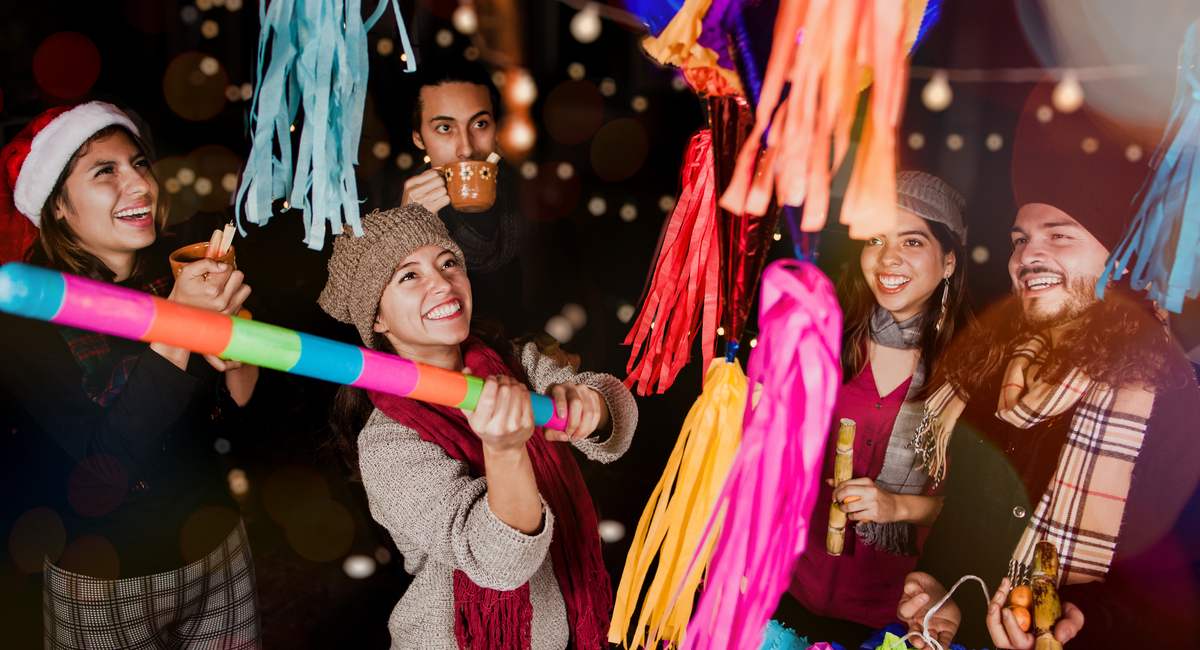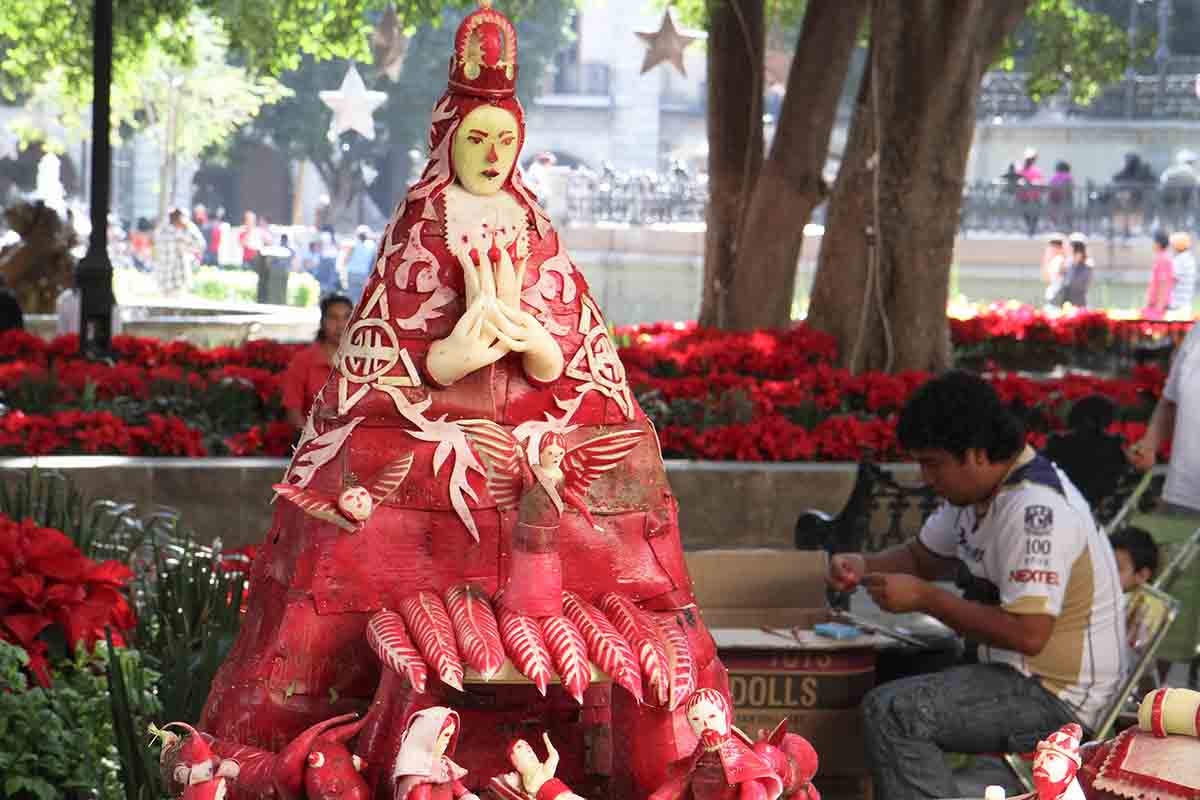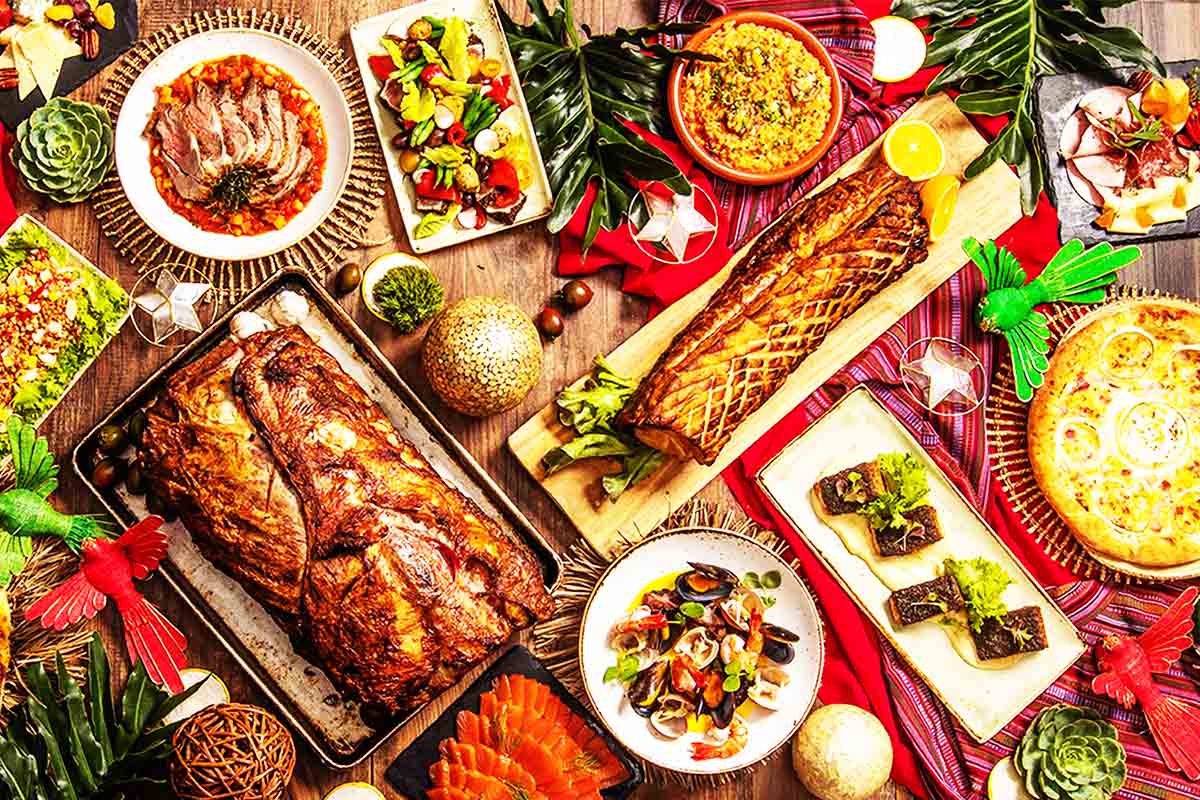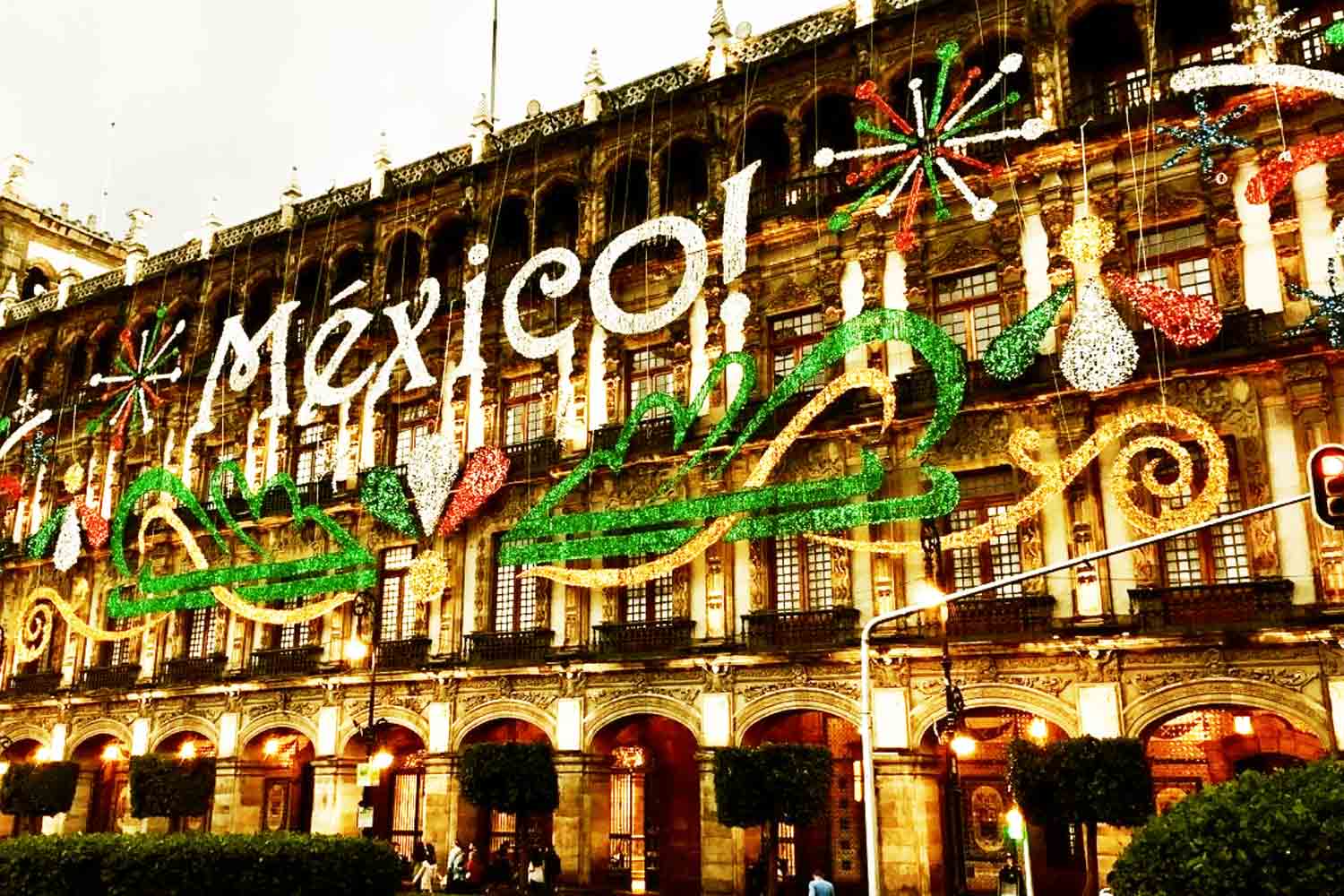In contrast to the U.S. and the U.K., where Christmas is celebrated for little more than three days between December 24 and 26, Mexico extends the holiday’s festivities for nearly an entire month.
The nationwide celebrations start on December 12 and continue until January 6 of the following year. How, therefore, does one observe this season of festivities?
The ‘Posada’ processions, or Posadas, are often performed by youngsters from December 16 until Christmas Eve. Inn or lodging is translated from the Spanish word Posada.
To be exact, there are a total of nine Posadas. These commemorated when Mary and Joseph began searching for a place to stay in the Christmas narrative.
Posadas Tradition
Evergreens, moss and paper lanterns are used to adorn the outside of homes during the Posadas. Posada lighting options include luminarias and farolitos.
These are paper bags with designs cut out, partially filled with sand, and topped with a candle. They symbolize “making a way” for Mary and Joseph to find a place to dwell.
Kids at each Posada are given candles and a board decorated with clay figurines of Mary and Joseph riding a donkey. They go door-to-door throughout the neighbourhood, singing a song for their friends and acquaintances.
The song’s theme is that Joseph and Mary are looking for a place to stay. However, the kids are told there is no room for them and need to go.
At some point, they are informed that they can indeed fit inside. As soon as the kids get inside the house, they offer prayers of appreciation before eating, playing games, and setting off fireworks.
The Posada party moves to a new home every night. When the last Posada is held on Christmas Eve, a manger and shepherd figurines are added to the board.
After locating the Posada, families prepare the manger for the Christ child and attend a midnight mass at the local church. More fireworks are set off after the Christmas Eve ceremony to mark the beginning of the holiday season.
A common activity at Posada celebrations is playing piñata. A piñata is a candy-filled jar made of clay or paper-mâché suspended from the ceiling or a tree branch.
Typical piñata designs feature a sphere with seven protruding points. The spikes at the top represent the seven deadly sins.
Animal and bird shapes are also common for piñatas (such as donkeys). Children wear blindfolds and take turns using a stick to try and break open a pinata filled with candy. The kids then dash to collect as many treats as possible.
While piñatas are primarily a playful and lighthearted activity, they have a ritualistic aspect in Mexico around Christmas.
First, hitting the piñata while hiding one’s eyes symbolizes blind faith. The stick you hit it with next stands for virtue. Last but not least, the sweets within are a tasty reward for having confidence in God.

image: cityexpress.com/en/travel-blog/the-posada-eveything-you-need-to-know-about-the-mexican-christmas-celebration
Noche de Rábanos Tradition
Night of the Rábanos is celebrated on December 23 in the town plaza of Oaxaca City, Oaxaca, Mexico (the Night of the Radishes). Scenes built from multiple carved radishes are entered into competitions.
Typical subjects for this style include Christmas scenes, Oaxacan rituals, and native animals like alligators. Current topics, such as political caricatures, can be found in the free section. Adults and kids can compete separately for various prizes.
Carving radishes for Noche de Rábanos is typically over 50 cm (almost 20 inches) in length and can weigh up to 3 kg (6.6 pounds) (6.5lbs).
Many radishes—more than 10 tons—are consumed yearly at the festival. The radishes typically used have brightly contrasting red skin and white meat, which is ideal for carving. Around December 18, they are collected and carved in time for the 23rd.
The day of the Innocent Saints, Los Santos Inocentes, is also observed in Mexico on December 28. This day celebrates the infants whose deaths King Herod ordered as retaliation for the Baby Jesus.
Similar to April Fool’s Day in the US, this Mexican Christmas custom is telling people outright lies to symbolise the innocents’ deception.

image: davidpball.com/2011/12/24/noche-de-rabanos-digging-to-the-root-of-oaxacas-christmas-radish-festival/
Noche Buena Celebrations
The evening before Christmas, Noche Buena is celebrated as family time. The major Christmas dinner traditionally follows the last Posada.
Pozole (a thick soup made with hominy, chicken or pork, and chillies that is topped with greens), turkey, pork, tamales, bacalao (salt cod), emeritus (a green vegetable that is cooked in a mole sauce with potatoes and shrimps), and salads like Ensalada Nochebuena (Christmas Eve Salad) are common main dishes and side dishes for the holiday celebration (Christmas Eve salad).
Bunuelos, which are fried pastries topped with sugar, cinnamon, and hot sugar syrup, are a common sweet treat. You can buy bunuelos in either a flattened or rounded/ball form.
Ponche, a nice fruit punch, and Rompope, a drink similar to egg nog often spiked with rum, could be on the drinks menu.
Rooster Mass, or Misa de Gallo, is a popular Midnight Mass event, as many people in Mexico are early risers like roosters and therefore attend. There are numerous fireworks displays on Christmas Day.

image: storyv.net/learn-all-about-the-traditional-mexican-christmas-dinner/
Conclusion
Mexico has been well-known for its culture and traditions since the Mayans. This is no different during Christmas when ancient traditions are still practiced. This article has highlighted some of the festivities and traditions that take place over the Christmas period.
*featured top image: eternal-expat.com/2018/10/23/christmas-in-mexico-city/
***************************************************






